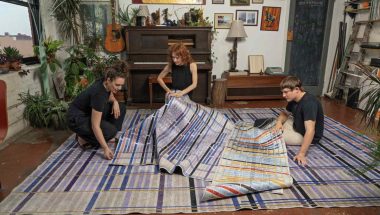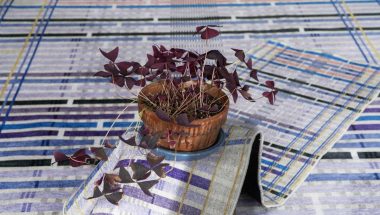- | 8:45 am
These gorgeous rugs are actually a data set hidden in plain sight
Well Woven partnered with Pentagram’s Giorgia Lupi on its new ‘Unraveling Stories’ collection.
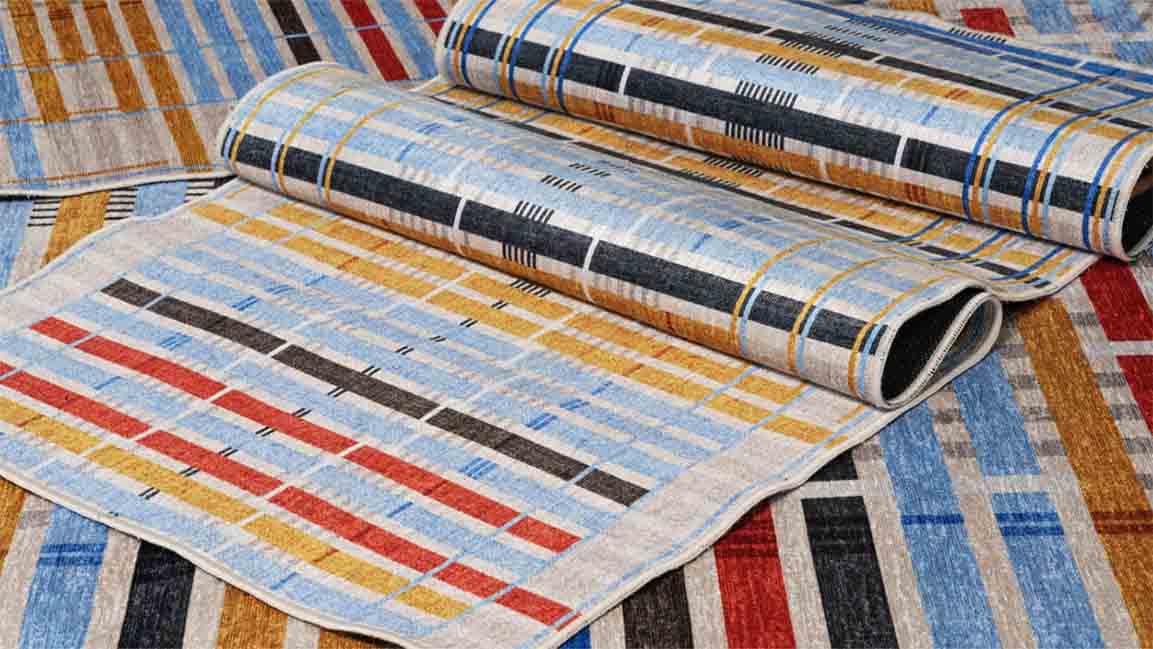
At first glance, the new series of rugs from designer and manufacturer Well Woven could be mistaken as simply a beautiful collection of home decor pieces. But take a closer look, and you might find that the patterns serve more than an aesthetic purpose: Encoded in every rug is a bank of data spanning thousands of years, six continents, and countless lived experiences.
Titled “Unraveling Stories,” the collection uses data visualization to chart lost and endangered textile techniques from around the world. On each rug, a series of horizontal and vertical bars illustrate the stories of 59 diverse fiber traditions that are in danger of disappearing—whether due to aging practitioners, modern mass production, material shortage, or another environmental factor.

Giorgia Lupi [Photo: courtesy Pentagram]
The project is a collaboration between Well Woven and Giorgia Lupi, an information designer and partner at the design firm Pentagram. Lupi’s work is motivated by what she calls “data humanism,” a drive to use data as a vehicle for uncovering human stories. Although she’s often building digital campaigns for companies like IBM and Google, her recent ventures have included a line of tiles inspired by Frederic Chopin’s 24 Preludes and a data-driven fashion collection. “Unraveling Stories” is her latest exploration into the physical product space.
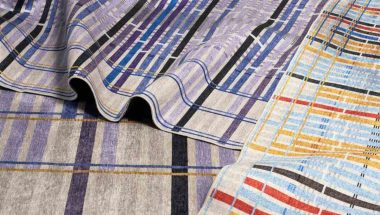
[Photo: courtesy Pentagram]
Initially, Lupi was only planning to chat with Well Woven for a series of artist interviews that the company was publishing on their blog. But after her interviewer connected her with Well Woven CEO Adem Ogunc, the two immediately saw potential for a collaboration. As Ogunc looked into Lupi’s past work, he was inspired by her ability to blur the lines between fine art, data visualization, and narrative storytelling. Ultimately, Lupi says that Ogunc gave her “carte blanche” to conceptualize a rug line with her team at Pentagram.
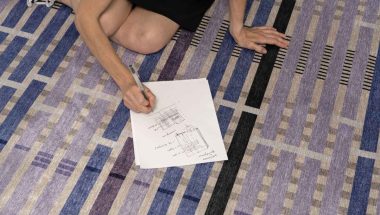
[Photo: courtesy Pentagram]
“So, we started to look for stories of different kinds—what is the story that we can tell with a rug?” Lupi says. “It felt really fitting to talk about all of the crafted manual textile techniques that have been either lost over the past centuries or are endangered. [We wanted to use] a textile artifact to show what we as a society might be losing.”
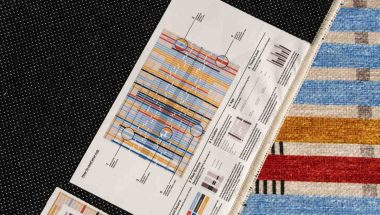
[Photo: courtesy Pentagram]
Lupi’s team began digging through case studies, reading about everything from traditional Azerbaijani carpet weaving to an embroidery technique practiced specifically by women of Zmijanje villages. The information was then organized into categories, including age of the technique, region of origin, fiber source, and use type. Researchers also determined the current level of threat to the technique. While some are only experiencing a low-level threat, others have already gone extinct.

[Photo: courtesy Pentagram]
For Pentagram Senior Designer Edward Ryan, the most fascinating stories came from current-day practitioners who have managed to revive previously-lost techniques. In Bangladesh, for example, researchers have succeeded in resurrecting dhaka muslin, an incredibly fine fabric once worn by Mughal emperors.






